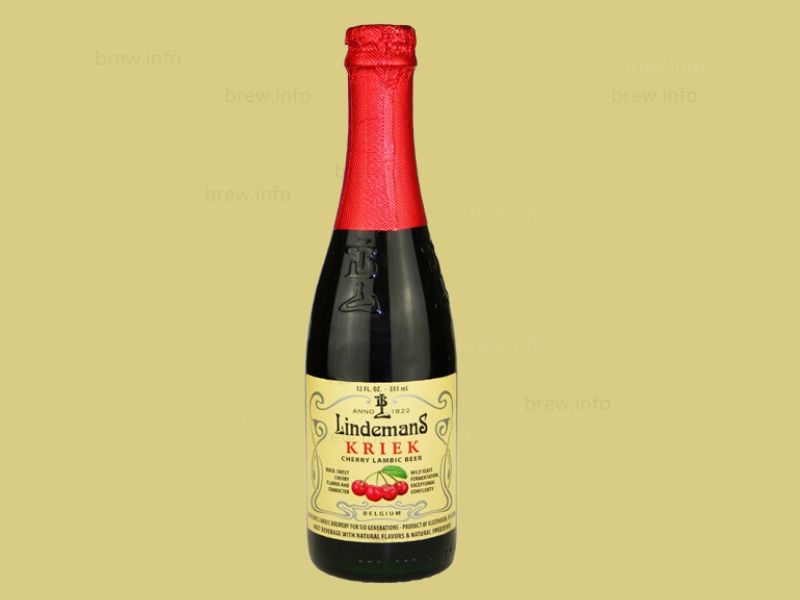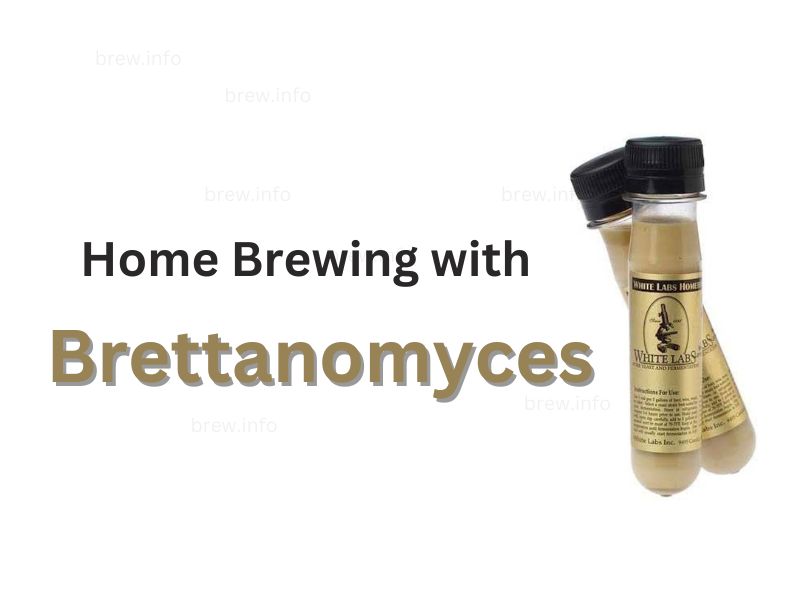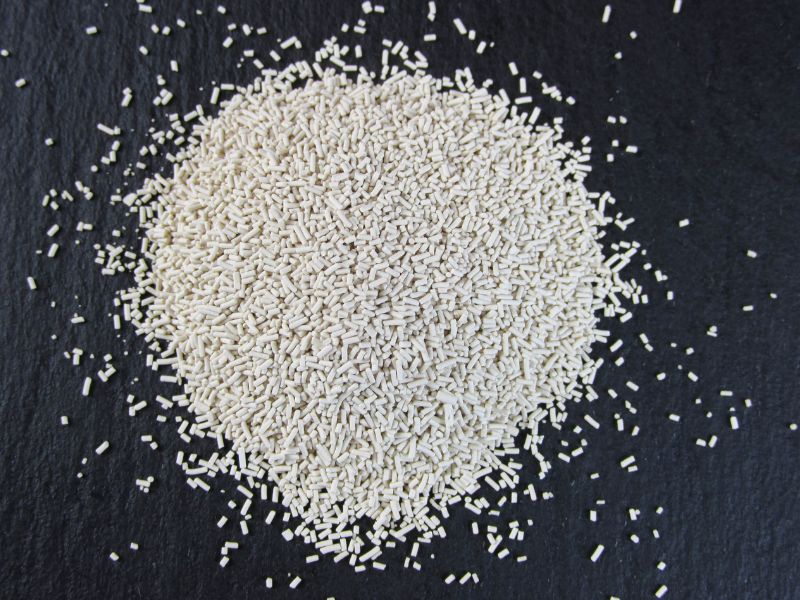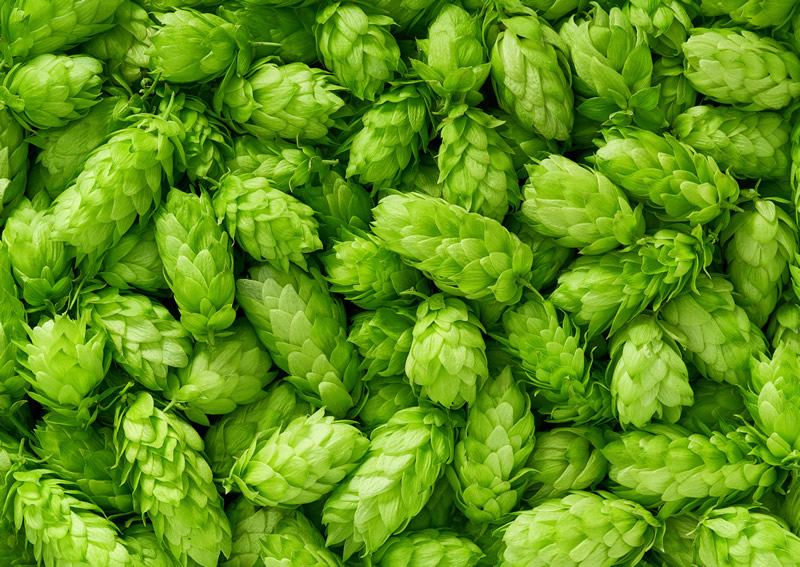Adventures in Home Brewing with Brettanomyces
Brettanomyces, or “Brett” as it’s affectionately known by home brewers, is a magical ingredient in the craft of brewing. This yeast, once viewed with suspicion and relegated to the sidelines, is now taking center stage in the production of a variety of flavor-rich beers. But what makes Brett so special, and how can you incorporate it into your home brewing process? Let’s dive in.
Understanding Brettanomyces
Before we discuss how to use Brett in your home brewing endeavors, it’s essential to grasp what Brettanomyces is and the unique attributes it brings to the brew. Brettanomyces is a genus of yeast that imparts distinct flavors to beer. These can range from fruity notes to earthy and leathery flavors. While commercial brewers once viewed Brett as a contaminant, today it’s celebrated for its ability to add complex, robust characteristics to beers.
The Historical Journey of Brettanomyces in Home Brewing
As a homebrewer, when I first heard about Brettanomyces, I was intrigued by its history. The tale of Brettanomyces is a fascinating one, marked by suspicion, dismissal, rediscovery, and finally, celebration.
Brettanomyces were first isolated and identified in the early 1900s from English stock ales. It got its name, which translates to “British fungus,” due to its origin. However, Brett was not always seen in a favorable light. It was often considered a spoilage yeast because of the unusual, sometimes aggressive flavors it could introduce. This reputation led to it being largely shunned by commercial brewers.
The world of home brewing, however, is one of exploration and experimentation. During the late 20th century, as home brewing began to flourish, particularly in the United States, adventurous brewers started toying with the idea of using Brett. They were fascinated by the complex flavors it could produce and the depth it could add to their brews.
In the last couple of decades, the use of Brett in home brewing has expanded significantly. With the rise of craft brewing and the ongoing pursuit of unique flavors, Brettanomyces has found a place in the hearts of homebrewers. It’s now commonly used to brew a range of beers, from traditional Belgian Lambics and Gueuze to innovative American wild ales.
The journey of Brett from an unwelcome intruder to a celebrated contributor to flavor profiles is a testament to the adventurous spirit of home brewers. It’s a reminder of how pushing boundaries and challenging norms can lead to extraordinary creations.
Choosing Your Brettanomyces Strain
When it comes to brewing with Brett, it’s important to remember that not all strains are created equal. Different strains of Brettanomyces can impart vastly different flavors, from fruity pineapple notes to earthy, barnyard tastes. It’s crucial to choose the right strain for the specific flavor profile you’re aiming for.
Here’s a list of some yeast producers and the strains they sell for home brewing:
Brettanomyces Strains for Home Brewing
The world of Brettanomyces is full of intriguing options for the home brewer. Several yeast producers offer different Brett strains, each with its unique characteristics. Here are a few that you might consider for your next brew:
- White Labs:
- WLP645 Brettanomyces Claussenii: Known for its high intensity of fruity flavors, particularly pineapple.
- WLP650 Brettanomyces Bruxellensis: Produces earthy, farmhouse, and horse blanket flavors.
- WLP653 Brettanomyces Lambicus: Offers more cherry pie-like flavors along with the typical barnyard character.
- Wyeast:
- 5112 Brettanomyces Bruxellensis: Produces medium-intensity of classic Brett characters.
- 5526 Brettanomyces Lambicus: Provides high intensity of wild cherry pie and barnyard flavors.
- 5151 Brettanomyces Claussenii: Noted for its mild, fruity, and pineapple-like character.
- Omega Yeast:
- OYL-201 Brettanomyces Bruxellensis: Has a medium intensity of classic Brett characters.
- OYL-202 Brettanomyces Lambicus: Offers more cherry pie-like flavors along with the typical barnyard character.
- OYL-211 Brett Blend #1: Where’s Da Funk?: This is a blend of Brett strains designed to provide a high intensity of earthy, farmhouse, and horse blanket flavors.
Beer Styles Where Brettanomyces Shines
As a passionate home brewer, I’ve experimented with Brettanomyces in a variety of beer styles. Here are some styles where Brett truly shines:
- Lambic: This traditional Belgian style of beer is known for its sour, funky characteristics, which are often imparted by Brett during the spontaneous fermentation process.
- Gueuze: This is a blend of young and old Lambics, which are then re-fermented. Brett plays a crucial role in creating the unique, complex flavors of a Gueuze.
- Flanders Red Ale: While not always used, Brett can contribute to the complex sour and fruity flavor profile of this Belgian style.
- American Wild Ale: These beers are a testament to the innovative spirit of American craft brewing. Brett is often used either alone or in combination with other yeasts and bacteria to create a diverse array of flavor profiles.
- Saison: While not traditional, some modern interpretations of this Belgian farmhouse style use Brett to add an additional layer of complexity.
- Brett IPA: This is a modern style where the tropical, fruity notes of Brett can complement the hoppy character of an IPA, adding an interesting twist.

As a home brewer, experimenting with Brettanomyces in these styles can open up a world of unique flavors and aromas. It’s like embarking on a taste adventure, right from the comfort of your own home.
The Brewing Process with Brettanomyces
Now, let’s talk about the process of brewing with Brettanomyces. It’s quite similar to brewing with traditional yeast, with a few key differences.
Firstly, Brett can take a longer time to fully ferment, and the flavors it produces can continue to evolve over time. Patience is a virtue when brewing with Brett. It may take weeks, even months, for the yeast to work its magic and for the complex flavors to fully develop.
Secondly, remember to consider the higher risk of cross-contamination. Brett is a robust organism that can survive and thrive in environments where other yeasts can’t. This means it can potentially contaminate your other brews if you’re not careful. It’s a good practice to use separate equipment for your Brett brews, especially plastic items that can harbor the yeast in scratches and crevices.
Enjoying the Fruits of Your Labor
After weeks of patient waiting, it’s finally time to enjoy your Brett-infused creation. Pour a glass and take a moment to appreciate the complex flavors and aromas that Brettanomyces has imparted to your beer. You’ve just taken your home brewing journey to a whole new level.
Remember, home brewing with Brettanomyces is as much an art as it is a science. So, experiment, have fun, and embrace the wonderful unpredictability that is brewing with Brett.
Practical Tips for Brewing with Brettanomyces
So you’ve decided to give Brettanomyces a try in your home brewing setup. That’s great! Here are a few tips to help you on your journey.
Firstly, Brett is quite a hearty yeast. It’s resistant to lower pH levels and can survive in higher alcohol concentrations than many other yeast strains. This means that you can experiment with a variety of brewing conditions to see how Brett performs and what kinds of flavors it produces.
Utilizing Brett for a Belgian strong ale, a brew with a higher alcohol content and pH that Brett would probably thrive in. Thanks to Brett’s fortitude in a difficult situation, the end result was an unusual beer with a unique fruity flavor.
Temperature and Brettanomyces
Temperature is a key factor when brewing with Brettanomyces. While Brett can ferment at a wide range of temperatures, the flavor profile can significantly change depending on the temperature at which fermentation occurs. At warmer temperatures, Brett tends to produce more fruity esters, while cooler temperatures often result in more funky, phenolic flavors.
As an experiment with temperature while brewing with Brett. I split a batch into two, fermenting one at a cooler temperature and the other at a warmer one. The result was two distinctly different beers from the same wort, proving that temperature can play a crucial role in the final outcome.
Blending with Brettanomyces
Brett doesn’t always have to be the sole star of your brew. It can also play a supporting role, adding complexity and depth when used in conjunction with other yeasts. This technique, known as blending, is common in traditional Belgian brewing. By blending a traditional Saccharomyces strain with Brett, you can achieve a balance between the familiar and the unexpected, between the predictable and the wild.
As a traditionalist when it comes to home brewing. I was hesitant to venture too far into the wild world of Brett. So, he decided to blend Brett with his tried-and-true ale yeast. The result was a beer with the familiar characteristics I loved, enriched with the unique complexity that Brett brings to the table.
Whether you’re a seasoned homebrewer looking to experiment with new flavors or a beginner just starting your brewing journey, Brettanomyces offers an exciting, flavorful avenue to explore. So why wait? Start your brewing adventure with Brett today, and let the wild yeast take you on a journey of taste discovery.
© 2011-2023 by Brew.info. All rights reserved. No part of this document may be reproduced or transmitted in any form or by any means, electronic, mechanical, photocopying, recording, or otherwise, without prior written permission of Brew.info.







